2014年05月30日
Ritsurin Garden Events
From spring through fall, there are plenty of events to enjoy at Ritsurin Garden. In May, the garden’s Folkcraft Museum featured beautiful old kites and banners with themes related to Boys’ Day.
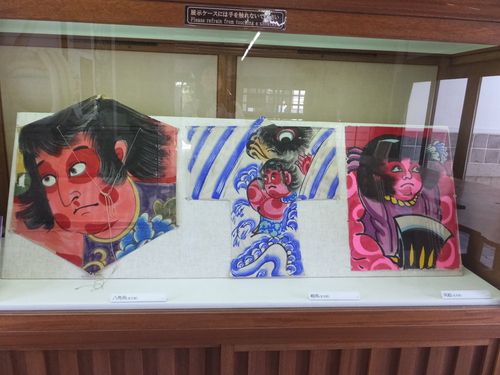
Boys’ Day (May 5) was renamed “Children’s Day” a few decades ago in the interest of gender equality, but the motifs showed that the festival’s origins were definitely male-oriented. The kites and banners featured heroes from Japanese folktales and warriors from famous battles, such as the Genpei Wars of the 12th century.

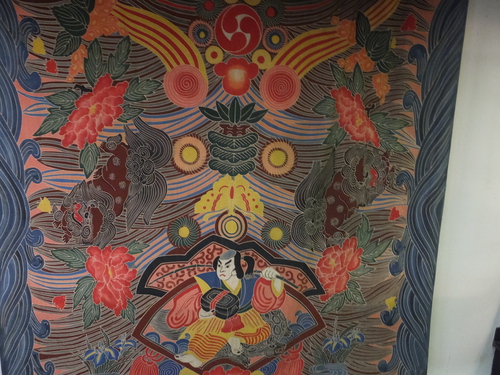

The exhibit was very tastefully done and the regular permanent exhibit surrounding the works really added to the atmosphere. On weekends, the neighboring building hosts craftsmen who demonstrate how their works are made. When I went, I was treated to exhibitions by a lacquer artist and a wood carver.
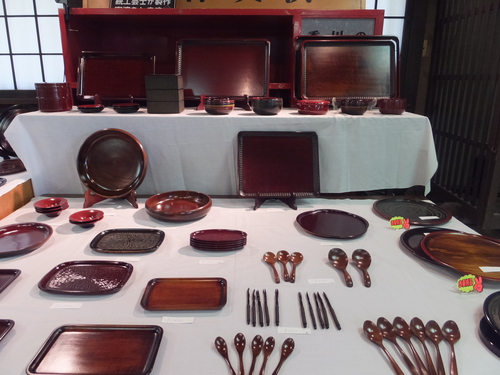
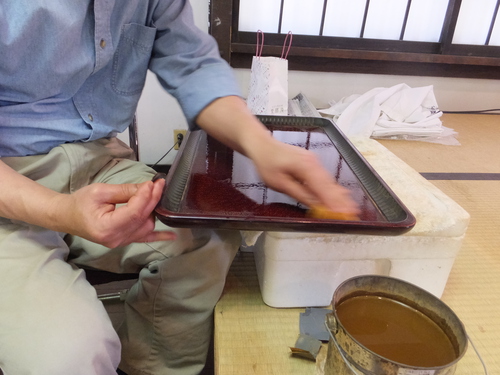


There was also a bonsai sale taking place just outside, with some lovely specimens.

Takamatsu produces 80% of the pine bonsai in Japan and a walk around Ritsurin Garden demonstrates that it has ancient roots in this town. Many of the pines in the garden have been trained into various shapes over the centuries and are meticulously and lovingly tended by a crew of gardeners.

This visit, I learned that Ritsurin also has a medicinal garden. One of the “medicines” cultivated now is green tea.
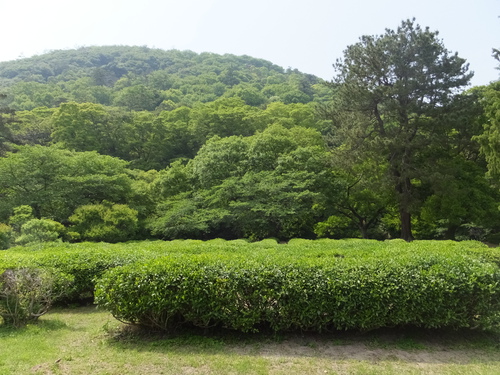
A tea-picking event is held annually and local people are invited to come and pick the tea in the garden. I wonder if that is the tea that is served in the two lovely teahouses that grace Ritsurin.
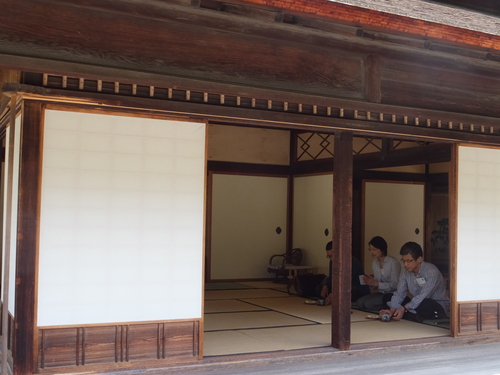
Free tea tasting was also being offered at the new building near the east entrance by some very sweet young ladies. It was not from the garden though.
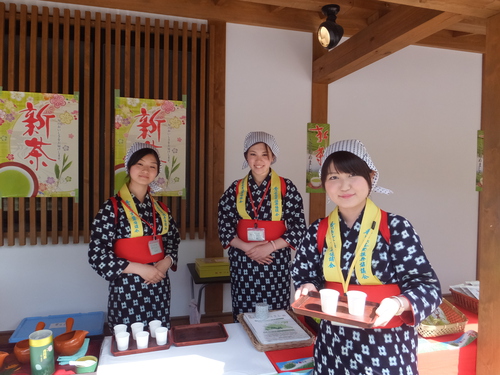
As I said, there’s lots happening at Ritsurin from spring through fall. Even when there are no events, the garden is designed so that something is in bloom in every season. So drop in when you need a break and enjoy.

For more on Ritsurin:
http://cathy.ashita-sanuki.jp/e229240.html
http://www.pref.kagawa.jp/ritsurin/gaiyou_e.html
For more info on Takamatsu:
http://wikitravel.org/en/Takamatsu
http://www.city.takamatsu.kagawa.jp/english/
http://tia-takamatsu.jp/
http://www.my-kagawa.jp/eg/
Other Takamatsu bloggers:
http://pat.ashita-sanuki.jp/
http://ogijima.com
Boys’ Day (May 5) was renamed “Children’s Day” a few decades ago in the interest of gender equality, but the motifs showed that the festival’s origins were definitely male-oriented. The kites and banners featured heroes from Japanese folktales and warriors from famous battles, such as the Genpei Wars of the 12th century.
The exhibit was very tastefully done and the regular permanent exhibit surrounding the works really added to the atmosphere. On weekends, the neighboring building hosts craftsmen who demonstrate how their works are made. When I went, I was treated to exhibitions by a lacquer artist and a wood carver.
There was also a bonsai sale taking place just outside, with some lovely specimens.
Takamatsu produces 80% of the pine bonsai in Japan and a walk around Ritsurin Garden demonstrates that it has ancient roots in this town. Many of the pines in the garden have been trained into various shapes over the centuries and are meticulously and lovingly tended by a crew of gardeners.
This visit, I learned that Ritsurin also has a medicinal garden. One of the “medicines” cultivated now is green tea.
A tea-picking event is held annually and local people are invited to come and pick the tea in the garden. I wonder if that is the tea that is served in the two lovely teahouses that grace Ritsurin.
Free tea tasting was also being offered at the new building near the east entrance by some very sweet young ladies. It was not from the garden though.
As I said, there’s lots happening at Ritsurin from spring through fall. Even when there are no events, the garden is designed so that something is in bloom in every season. So drop in when you need a break and enjoy.
For more on Ritsurin:
http://cathy.ashita-sanuki.jp/e229240.html
http://www.pref.kagawa.jp/ritsurin/gaiyou_e.html
For more info on Takamatsu:
http://wikitravel.org/en/Takamatsu
http://www.city.takamatsu.kagawa.jp/english/
http://tia-takamatsu.jp/
http://www.my-kagawa.jp/eg/
Other Takamatsu bloggers:
http://pat.ashita-sanuki.jp/
http://ogijima.com
Posted by cathy at
23:24
│Comments(0)
2014年05月30日
Busshozan
April and May are perfect months for getting outdoors in Takamatsu and that’s just what we did. During cherry blossom season, we dropped into Busshozan Park to join many others picnicking under the trees. There were families as well as large groups, some of whom were on an outing from a seniors’ home, but there was plenty of space for all.
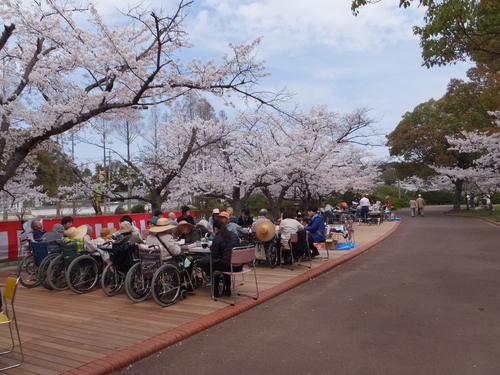

Busshozan Park is extensive with a gym, a swimming pool, playground equipment, and plenty of lawn space for playing Frisbee, badminton, tag or whatever else kids and adults like to play outside.


It’s also right on an ancient irrigation pond. Kagawa has the lowest rainfall in Japan, so water scarcity was a major problem until recent times. Kobo Daishi (774-835), the great scholar and monk who established the Shingon sect of Buddhism and the 88-temple pilgrimage route that goes around the island of Shikoku, also introduced superior engineering for ponds in the prefecture, although I’m not sure about this one in particular.

This year, 2014, marks the 1200th anniversary of the founding of this pilgrimage route and there will be many special events at the different temples throughout the year. Hopefully I’ll be able to cover some of those events as well.
But back to Busshozan, where the blossoms were splendid.

Cherry trees go right up the sides of the hill through the graveyard of the neighboring temple.
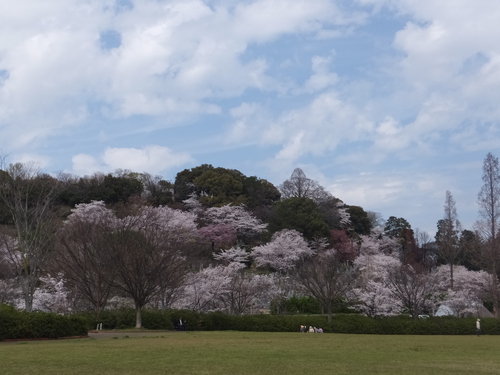
That temple would be Honenji, which I’ve covered before (see http://cathy.ashita-sanuki.jp/d2012-11-02.html ) and is well worth a visit. When we went, they were holding their regular flower market as well as selling udon noodles and cookies made by residents of the temple’s facility for people with disabilities.
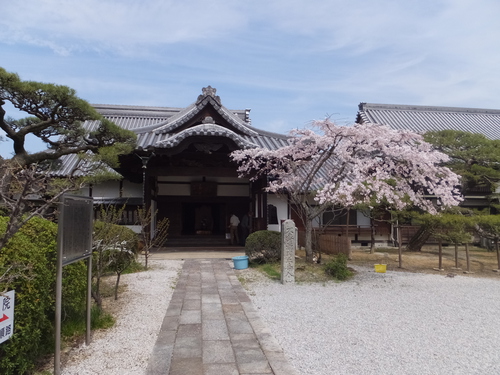
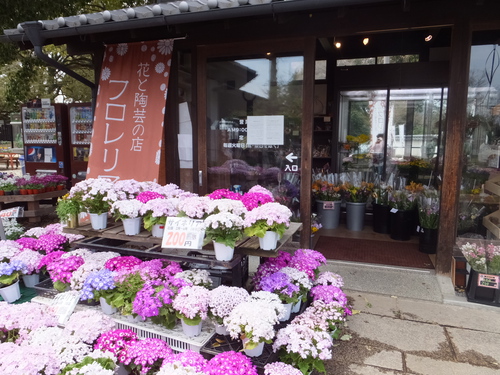
It was recently discovered that the park lies on top of the Takamatsu crater, which measures 4 km in diameter and 2 km deep. Boring samples indicate that it was probably caused by a meteorite impact. As a result, Busshozan has one of the best natural hotsprings in Shikoku. If you’re going to the park to play sports, I recommend dropping into the Busshozan Onsen hot spring bath on your way home for a relaxing soak.
For more info on Takamatsu:
http://wikitravel.org/en/Takamatsu
http://www.city.takamatsu.kagawa.jp/english/
http://tia-takamatsu.jp/
http://www.my-kagawa.jp/eg/
Other Takamatsu bloggers:
http://pat.ashita-sanuki.jp/
http://ogijima.com


Busshozan Park is extensive with a gym, a swimming pool, playground equipment, and plenty of lawn space for playing Frisbee, badminton, tag or whatever else kids and adults like to play outside.


It’s also right on an ancient irrigation pond. Kagawa has the lowest rainfall in Japan, so water scarcity was a major problem until recent times. Kobo Daishi (774-835), the great scholar and monk who established the Shingon sect of Buddhism and the 88-temple pilgrimage route that goes around the island of Shikoku, also introduced superior engineering for ponds in the prefecture, although I’m not sure about this one in particular.

This year, 2014, marks the 1200th anniversary of the founding of this pilgrimage route and there will be many special events at the different temples throughout the year. Hopefully I’ll be able to cover some of those events as well.
But back to Busshozan, where the blossoms were splendid.

Cherry trees go right up the sides of the hill through the graveyard of the neighboring temple.

That temple would be Honenji, which I’ve covered before (see http://cathy.ashita-sanuki.jp/d2012-11-02.html ) and is well worth a visit. When we went, they were holding their regular flower market as well as selling udon noodles and cookies made by residents of the temple’s facility for people with disabilities.


It was recently discovered that the park lies on top of the Takamatsu crater, which measures 4 km in diameter and 2 km deep. Boring samples indicate that it was probably caused by a meteorite impact. As a result, Busshozan has one of the best natural hotsprings in Shikoku. If you’re going to the park to play sports, I recommend dropping into the Busshozan Onsen hot spring bath on your way home for a relaxing soak.
For more info on Takamatsu:
http://wikitravel.org/en/Takamatsu
http://www.city.takamatsu.kagawa.jp/english/
http://tia-takamatsu.jp/
http://www.my-kagawa.jp/eg/
Other Takamatsu bloggers:
http://pat.ashita-sanuki.jp/
http://ogijima.com
Posted by cathy at
22:39
│Comments(0)



